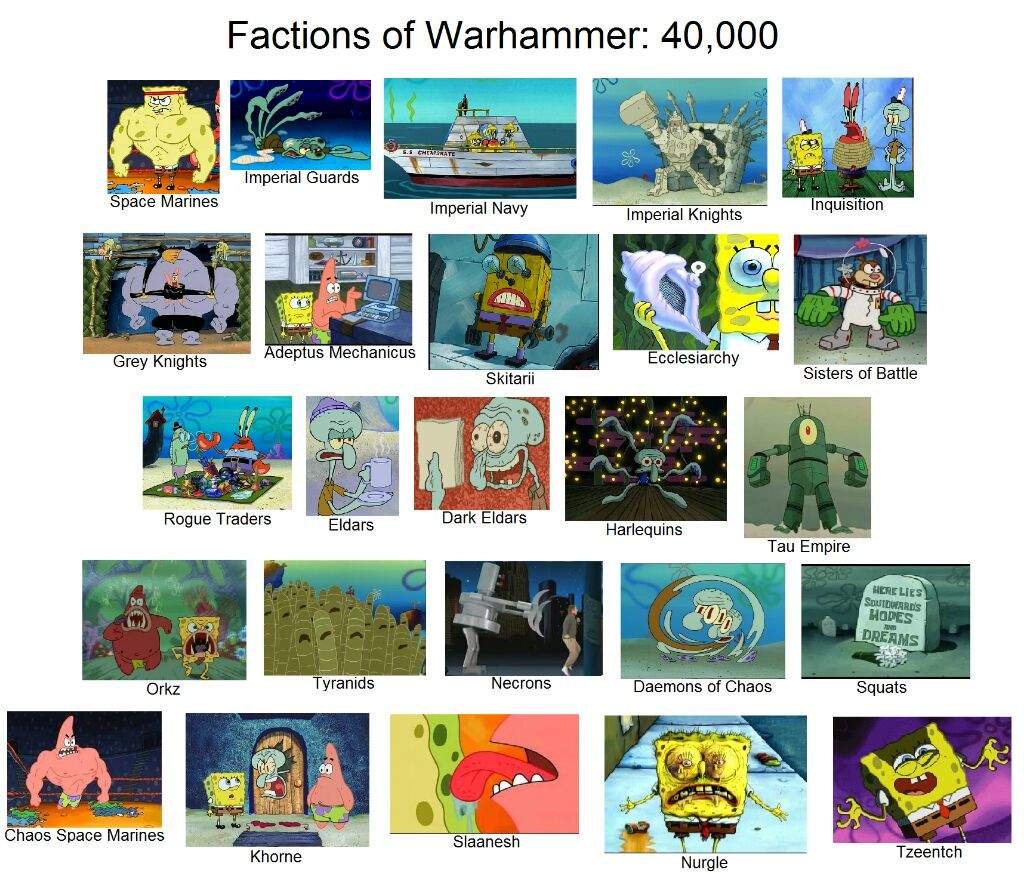

But as time went on and people began to “solve” the meta as it were, lists started to appear that were copy pastes of the most efficient and devastation army build seen in competitive play. At first this seemed like a great idea, as it allowed for a greater degree of army compositions and a level of list building rarely seen in Warhammer 40,000. This practise is called Souping, as it involves mixing a bunch of different “ingredients” together to create something better than the sum of its parts, much like a delicious bowl of soup. But if you had several armies that all shared the same Faction Keyword (for example lets say Imperium) you could take a cheap Battalion of Astra Militarum for +5 Command Points, some Space Marine characters to deal out maximum damage for +1, and three Imperial Knights for +6 to take advantage of all those CP’s to inflict a world of hurt on your opponent. Now for forces like Orks or Necrons, this simply meant taking a Battalion or two, alongside a Spearhead or Vanguard in order to get a decent number of Command Points for the battle.

This meant you were rewarded for taking the maximum number of detachments allowed (three in 2,000 point games) in order to get as many Command Points as possible. Instead, each detachment gifted you with a certain number of Command Points, depending on the type of detachment. However, unlike 9 th edition you didn’t have to pay Command Points for these detachments. Much like in 9 th edition, each of these detachments worked as a mini army list of sorts, with their own personal criteria and force organisation slots to fill, and can be from any faction provided all your detachments share at least one Faction Keyword with each other. Imperium, Chaos, etc).ĭepending on the size of your game, you would have access to a number of detachments from which to build your force. However, the newer editions of the game allowed players to mix and match forces to create and army, provided they all had an overarching alignment/faction (i.e. Sure, some editions allowed allies, but most of the time players had to stick to one codex when building a list. You see, most editions of 40k forced you to pick a single faction for your army. When the then new edition drop, players had more freedom than ever before to create whatever army their heart desired.

Whether you’re building a battle forged army for competitive play, or just for a fun campaign with your friends, it is hard to argue that the way we assemble our forces has change dramatically from the last edition.Ī little context if you are new to the game or didn’t play any 8 th edition. 9 th edition has had a huge impact on the way we all build army lists.


 0 kommentar(er)
0 kommentar(er)
